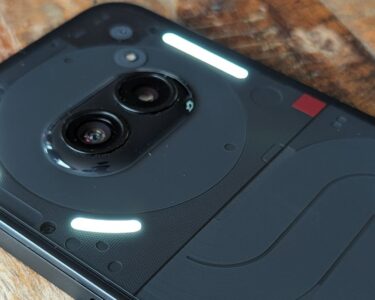Soft fruits may have been the main dish on some ancient primate menus.
An analysis of hundreds of fossilized primate teeth from the Fayum Depression, a desert basin in Egypt, shows just a handful were fractured, researchers report December 13 in the American Journal of Biological Anthropology. So few chipped teeth suggests the animals more often feasted on easy-to-chew foods like fruits rather than hard objects like seeds or nuts that might inflict tooth damage.
The more than 400 analyzed teeth belonged to five primate genera — including Propliopithecus, Apidium and Aegyptopithecus — and are around 29 million to 35 million years old. Fossils that old date to a time when the last common ancestor of apes, including humans, and African and Asian monkeys still existed, says Ian Towle, a dental anthropologist at Centro Nacional de Investigación sobre la Evolución Humana in Burgos, Spain.
By examining dental damage from millions of years ago that might have been caused by food, “it gives insight into our own evolution, our own dietary changes through time,” he says.
While at the University of Otago in New Zealand, Towle and colleagues counted fractures that could be seen with the naked eye, noting each fracture’s severity and position on the tooth. Just 21 teeth, about 5 percent, were chipped.
“That’s right at the low end of what we see in living primates,” for which 4 to 40 percent of teeth show food damage, Towle says. Species like the sooty mangabey, a forest-dwelling monkey, that regularly eat hard food might have fractures on as many as half of their teeth. For species like chimpanzees that consume mostly soft food such as insects as well as fruit, less than 10 percent may be chipped.
What’s more, two Propliopithecus individuals had cavities, the researchers found. The presence of tooth decay suggests that the soft food of choice may have been sweet fruits. Primate diets might not have diversified to include nuts and seeds until later.

That some individuals had cavities fits with other studies suggesting that fruit was part of diets early on in monkey and ape evolutionary history, says dental anthropologist Debra Guatelli-Steinberg of the Ohio State University in Columbus. But, she notes, whether teeth have chips or not doesn’t always perfectly match what primates eat, so it’s hard to say how much of the diet was soft food.
Similarly, there is some murkiness over what the species analyzed in the new study ate. Previous work analyzing tooth shape and wear has suggested that Apidium and Aegyptopithecus ate hard items instead of soft ones, Towle says. Tooth shape can differentiate between leaf- and fruit-based diets, and microscopic damage can show only what an animal ate in its last few weeks or months of life. Chipping, on the other hand, can last years or decades before it’s visibly worn away, providing a longer dietary record.
“At the moment, we really don’t know why [different methods] are coming up with different results,” Towle says, but using multiple techniques to piece things together is key. It’s possible that ancient primates ate fruit and their teeth — seemingly well-suited for chowing down on nuts or seeds — served an unknown purpose. Or choppers of old may have had features that made them less likely to chip.
“It’s definitely something that’s going to be interesting for researchers to look into,” Towle says, “to see why there is this potential disparity.”





